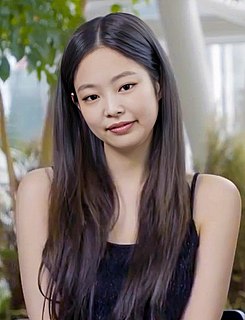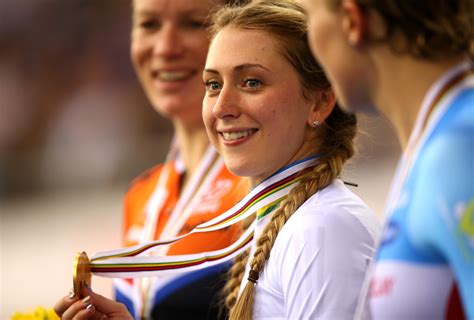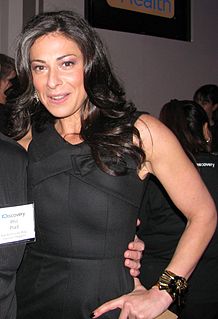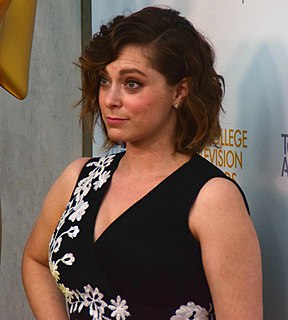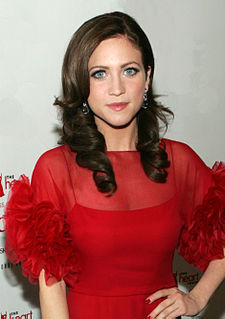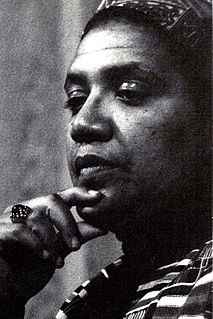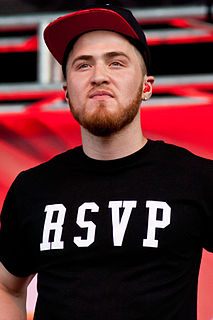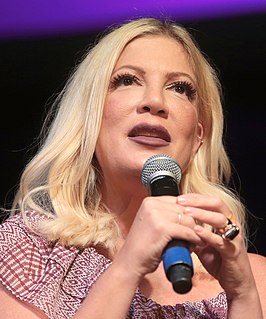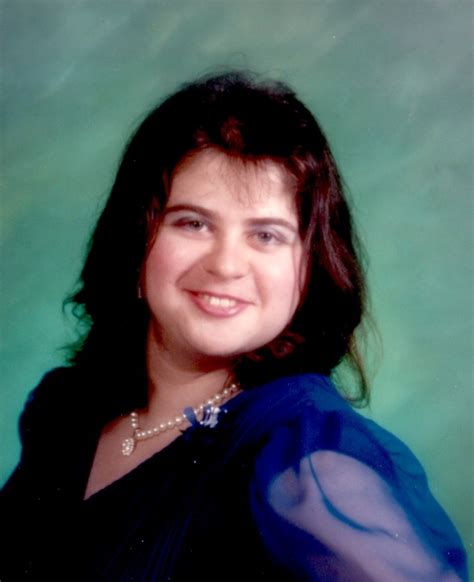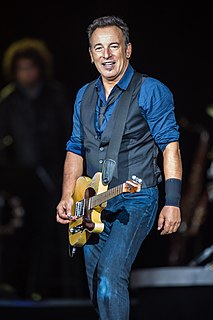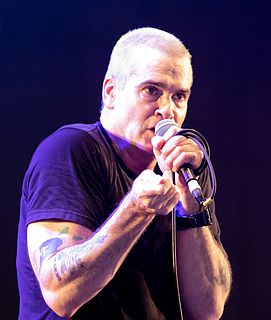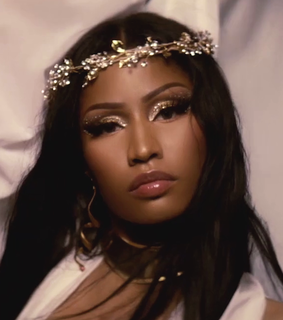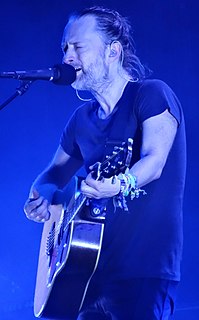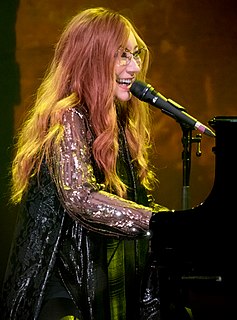A Quote by Jennie
Because it's our first official album, we wanted to show our color, the color of Blackpink. We wanted to present an image that people would think of when they think of Blackpink, and what kind of music we put out... we channeled the girly side of ourselves and performed according to the girly lyrics.
Related Quotes
What I wanted to do was put a woman of color, front and center, in my movie combining a lot of themes that were relevant to both men and women. I actively wanted her to carry the weight of this movie because I'm a woman. And I actively wanted to explore many of the issues that affected her as a woman of color. That was very important to me. And although these issues affect some women of color, I don't think they're only of interest to women of color. They're of universal interest.
I didn't have a sense of how to dress. I still don't really, but, like, back then, I truly had no sense of how to dress because I wanted to be a tomboy - I thought I was a tomboy, but secretly wanted to be girly, but didn't know the first thing about making myself girly. So I ended up like wearing just like sweatpants to school with, like, long T-shirts that I got on family vacations. And it was just weird.
"Girly" can be limiting if you're told it's the only option. I don't think the solution is to get rid of the girly stuff or decide it's oppressive and get mad at a singer or book for not ACCURATELY REPRESENTING ALL WOMEN. There just needs to be more options for girls who don't identify with the girly aesthetic, and can broaden the idea of what being a girl means. Similarly, there needs to be more of that stuff that can be aesthetically girly, but feminist in the actual message.
It turned out so well because it was the first album that I could identify with in terms of lyrics. ("Captain Fantastic") It was passionate...I could associate myself with every song...It's a unique album in our history. This was the story of us..."Curtains", the lyrics to that are so beautiful because it sums up our friendship so much, and our relationship.
In Lords of Rainbow I start out by taking away color from the world, and in the process show color's vital place in our lives. At least I hope that by the end of the book it's a portion of what the reader comes away with - a sense of how much color perception enriches our lives and how its lack can make our sensory experience incomplete.
